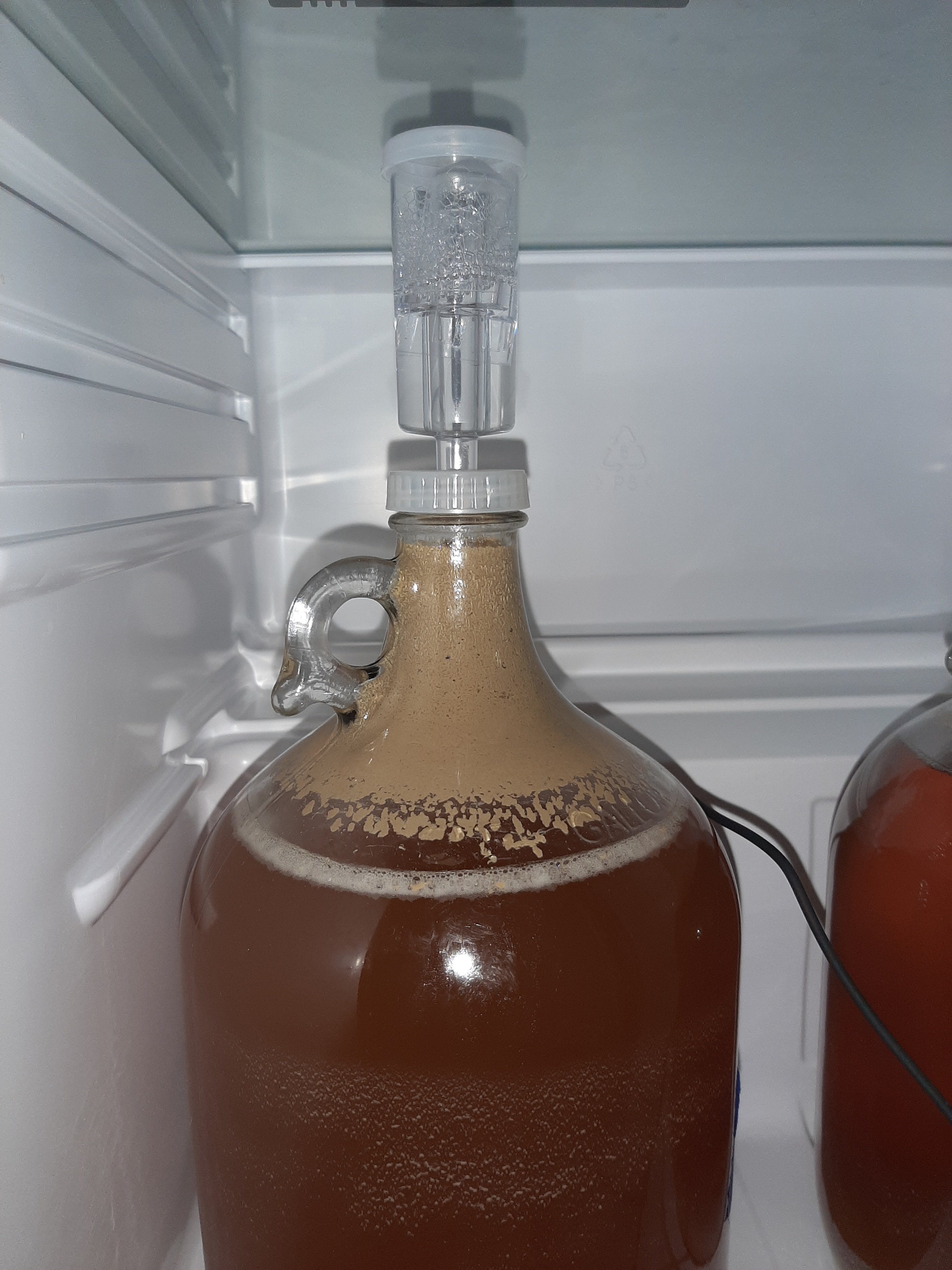Hey guys, I have two 1 gal batches (saison, witbier) currently fermenting. Recipes for both called for fomentation @ 65F for 14 days. At day 10 … it seemed both beers were pretty much done. Krausen fallen back into beer, no bubbles in airlocks... little if any bubbles seen in carboy, etc.
I went ahead and added some gelatin to both to help clear the beers (probably not needed too much with these style, but why not?). After a day, you definitely could see the proteins drop out of beer by clinging to sides of carboy and adding to the bottom.
But curiously, fermentation seemed to have picked up a bit in one of the beers with some light bubbles forming at top of beer and in airlock. Is this normal?
Also, I debate using gelatin … it definitely seems to help clearing the beer .. but I wonder if exposure to oxygen is worth it. I have to remove the stopper to add it... and gently swirl the beer to help mix it in a bit. Thoughts?
I went ahead and added some gelatin to both to help clear the beers (probably not needed too much with these style, but why not?). After a day, you definitely could see the proteins drop out of beer by clinging to sides of carboy and adding to the bottom.
But curiously, fermentation seemed to have picked up a bit in one of the beers with some light bubbles forming at top of beer and in airlock. Is this normal?
Also, I debate using gelatin … it definitely seems to help clearing the beer .. but I wonder if exposure to oxygen is worth it. I have to remove the stopper to add it... and gently swirl the beer to help mix it in a bit. Thoughts?


























![Craft A Brew - Safale BE-256 Yeast - Fermentis - Belgian Ale Dry Yeast - For Belgian & Strong Ales - Ingredients for Home Brewing - Beer Making Supplies - [3 Pack]](https://m.media-amazon.com/images/I/51bcKEwQmWL._SL500_.jpg)
































